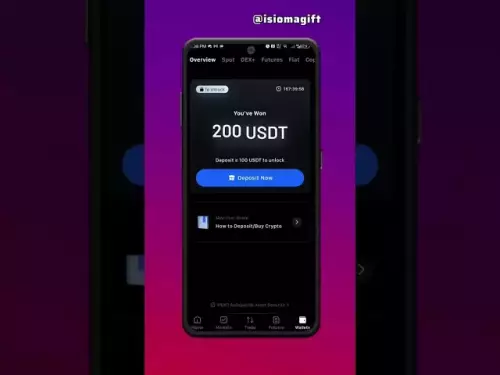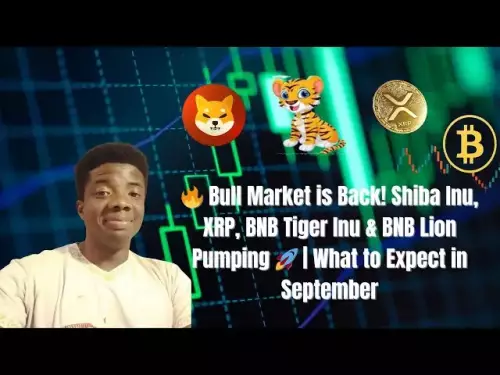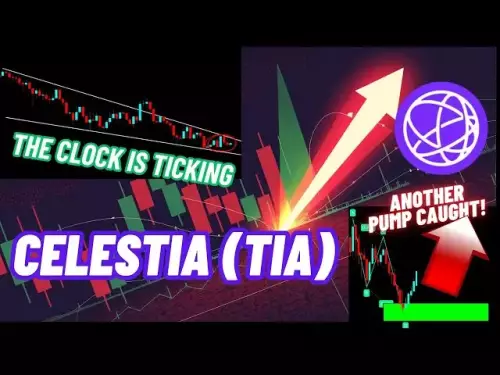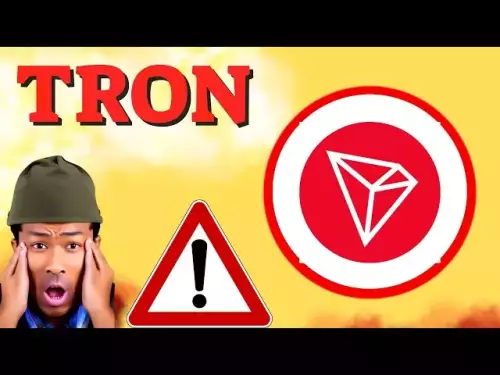-
 Bitcoin
Bitcoin $109000
0.55% -
 Ethereum
Ethereum $4390
-1.61% -
 Tether USDt
Tether USDt $0.0000
0.00% -
 XRP
XRP $2.762
-1.81% -
 BNB
BNB $851.9
-0.99% -
 Solana
Solana $199.7
-1.74% -
 USDC
USDC $0.9999
0.02% -
 Dogecoin
Dogecoin $0.2149
-1.20% -
 TRON
TRON $0.3377
-1.47% -
 Cardano
Cardano $0.8110
-1.42% -
 Chainlink
Chainlink $22.89
-3.59% -
 Hyperliquid
Hyperliquid $44.62
0.50% -
 Ethena USDe
Ethena USDe $1.001
0.00% -
 Sui
Sui $3.239
-1.73% -
 Stellar
Stellar $0.3536
-1.33% -
 Bitcoin Cash
Bitcoin Cash $545.6
-0.35% -
 Avalanche
Avalanche $23.89
-0.45% -
 Cronos
Cronos $0.2741
-4.30% -
 Hedera
Hedera $0.2156
-3.64% -
 UNUS SED LEO
UNUS SED LEO $9.582
0.00% -
 Litecoin
Litecoin $109.7
-0.67% -
 Toncoin
Toncoin $3.113
-1.17% -
 Shiba Inu
Shiba Inu $0.00001216
-1.53% -
 World Liberty Financial
World Liberty Financial $0.2597
13.60% -
 Polkadot
Polkadot $3.749
-1.27% -
 Uniswap
Uniswap $9.444
-3.56% -
 Dai
Dai $0.9999
0.01% -
 Bitget Token
Bitget Token $4.659
2.24% -
 Monero
Monero $265.0
1.82% -
 Aave
Aave $309.3
-2.93%
How to check Binance trading fees?
Binance's fee structure rewards high trading volumes and BNB holdings, offering lower maker vs. taker fees and up to 25% discounts when paying with BNB.
Aug 31, 2025 at 03:54 am
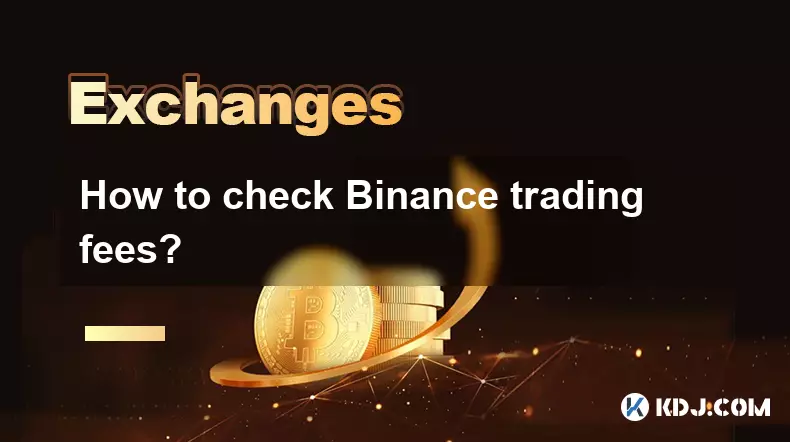
Understanding Binance Fee Structure
1. Binance operates on a tiered fee model that depends on the user’s trading volume and BNB holdings. Users with higher 30-day trading volumes and larger BNB balances in their accounts benefit from reduced trading fees. The platform distinguishes between maker and taker fees, which are applied based on whether an order adds liquidity to the market or removes it.
2. Maker fees apply when a user places a limit order that does not execute immediately, thereby adding depth to the order book. Taker fees are charged when an order is executed against an existing order, removing liquidity. Binance typically offers lower maker fees compared to taker fees to incentivize market-making behavior.
3. Fee discounts are available for users who hold BNB, Binance’s native cryptocurrency, to pay for transaction fees. Choosing BNB as the fee payment method can reduce trading fees by up to 25%. This discount is applied automatically if BNB is available in the user’s spot wallet.
4. VIP programs are available for high-volume traders. These tiers offer progressively lower fees and additional benefits. Access to VIP status is determined by a combination of trading volume and assets held on the platform. Users can check their current VIP level in the fee settings section of their account.
5. Futures trading on Binance follows a similar fee structure but with separate maker and taker rates. These fees may differ from spot trading fees and are influenced by the user’s 30-day futures trading volume and BNB balance. It is essential to review futures-specific fee schedules if engaging in derivatives trading.
Steps to Access Fee Information on Binance
1. Log in to your Binance account and navigate to the “Fees” section, typically found under “Account” or “Wallet” settings. This page provides a comprehensive overview of current fee rates for spot, margin, and futures trading.
2. Within the fee schedule, users can toggle between different trading types—spot, futures, or P2P—to view applicable rates. The displayed fees are personalized based on your trading history and BNB holdings.
3. Check your current fee tier by reviewing the “Transaction Fees” subsection. This area shows your maker and taker rates, VIP level, and eligibility for further reductions based on increased volume or BNB balance.
4. Use the fee calculator tool available on Binance’s official website. This tool allows users to input hypothetical trade sizes and types to estimate fees before executing trades. It supports both spot and futures transactions.
5. Subscribe to email notifications or enable in-app alerts for fee changes. Binance occasionally updates its fee structure, and staying informed ensures accurate cost projections for trading strategies.
Factors Influencing Trading Fees
1. Your 30-day trading volume is recalculated daily and directly impacts your fee tier. Higher volumes result in lower fees. Both spot and futures volumes contribute to this calculation, depending on the trading segment.
2. The amount of BNB held in your Binance account affects the discount applied to fees. Users must maintain a minimum balance to qualify for each discount level. Holding BNB not only reduces fees but also grants access to exclusive token sales and promotions.
3. Payment method for fees influences the final cost. Selecting BNB as the fee currency activates the discount. Alternative options include paying in the traded asset or stablecoins, though these do not qualify for reductions.
4. Geographic location may affect fee structures due to regulatory differences. Some regions have modified fee schedules or restricted access to certain products, which can indirectly influence overall trading costs.
5. Market conditions and promotional campaigns can lead to temporary fee adjustments. Binance occasionally runs zero-fee events for specific trading pairs or new listings, offering short-term cost savings.
Frequently Asked Questions
How do I confirm if I’m receiving the BNB fee discount?Check your order confirmation page or trade history. If the fee is deducted in BNB and the rate reflects a 25% reduction, the discount is active. You can also verify this in the fee settings under your account dashboard.
Are Binance fees the same across all trading pairs?Most major pairs follow the standard fee schedule, but some newly listed or low-liquidity pairs may have different rates. Always review the specific pair’s details before trading to avoid unexpected charges.
Can I change my fee payment currency?Yes. In your account settings, navigate to “Transaction Fees” and select your preferred payment method—BNB, the traded token, or another supported asset. Changes apply to future trades.
Why are my maker fees different from taker fees?This difference rewards users who provide liquidity. Maker orders improve market depth and are thus charged lower fees. Taker orders fulfill existing orders and incur slightly higher costs due to their liquidity-removing nature.
Disclaimer:info@kdj.com
The information provided is not trading advice. kdj.com does not assume any responsibility for any investments made based on the information provided in this article. Cryptocurrencies are highly volatile and it is highly recommended that you invest with caution after thorough research!
If you believe that the content used on this website infringes your copyright, please contact us immediately (info@kdj.com) and we will delete it promptly.
- Memecoins September 2025 Watchlist: What's Hot Now?
- 2025-08-31 23:25:15
- Eric Trump Predicts Bitcoin to $1 Million: Hype or Reality?
- 2025-08-31 23:25:15
- BlockDAG: Redefining Scalability and ROI Potential in 2025
- 2025-08-31 23:05:16
- Ozak AI, Altcoins, and 20x Potential: Navigating the Crypto Landscape
- 2025-09-01 00:05:12
- Bonk Price, Solana Meme Coin, and the Rise of Layer Brett: A New Era?
- 2025-08-31 21:25:12
- ETH Transactions Soar, BTC Whale Shifts Gears: Decoding August's Crypto Charts
- 2025-08-31 21:05:16
Related knowledge
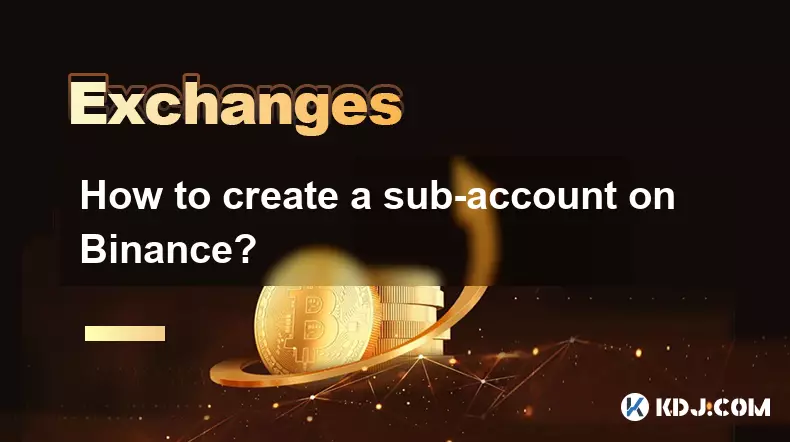
How to create a sub-account on Binance?
Sep 01,2025 at 12:36am
Accessing the Binance Sub-Account Feature1. Log in to your Binance account using your registered email and password. Ensure that two-factor authentica...
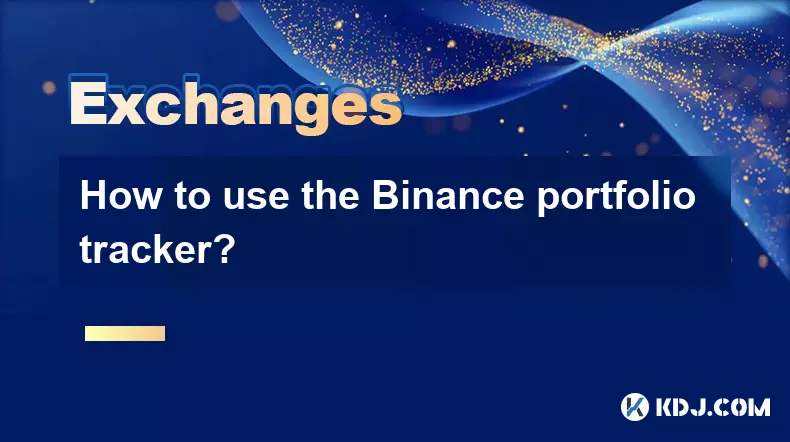
How to use the Binance portfolio tracker?
Sep 01,2025 at 01:00pm
Understanding the Binance Portfolio Tracker1. The Binance portfolio tracker is a powerful tool designed to help users monitor their cryptocurrency inv...
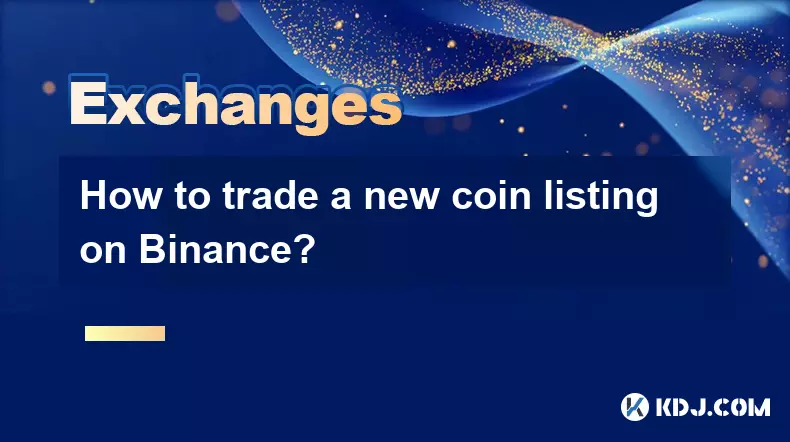
How to trade a new coin listing on Binance?
Aug 29,2025 at 11:14am
Understanding the Pre-Listing Phase1. Research the project thoroughly before any listing announcement. Whitepapers, team backgrounds, and community se...
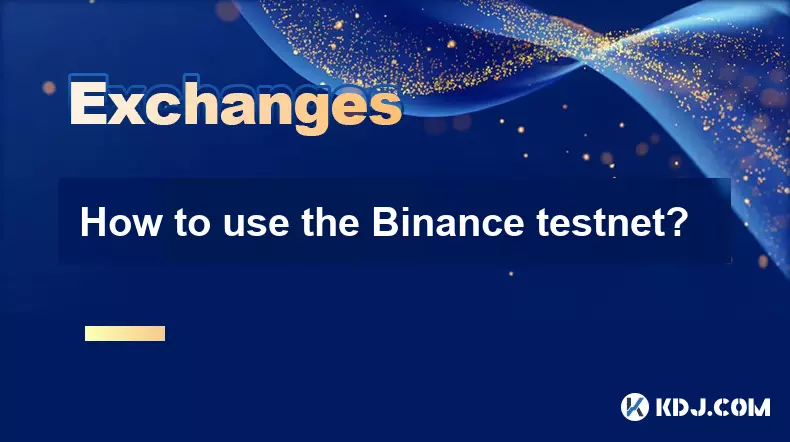
How to use the Binance testnet?
Aug 31,2025 at 02:19am
Understanding the Binance Testnet Environment1. The Binance testnet is a simulated version of the Binance Smart Chain (BSC) that allows developers and...
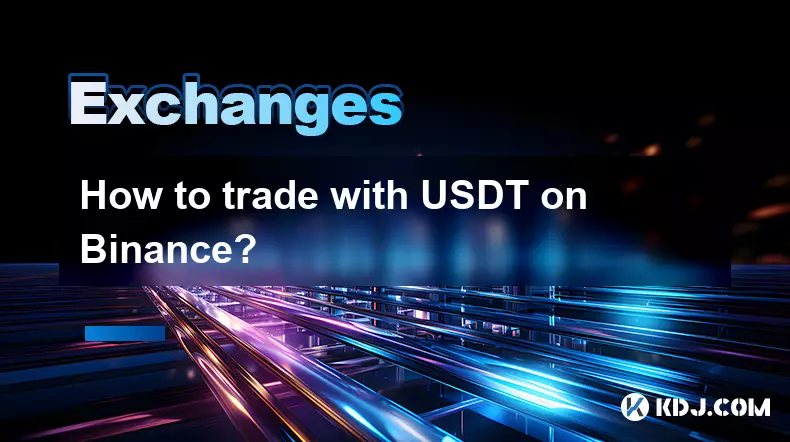
How to trade with USDT on Binance?
Aug 30,2025 at 02:19am
Getting Started with USDT Trading on Binance1. Create and verify your Binance account. Visit the official Binance website and complete the registratio...
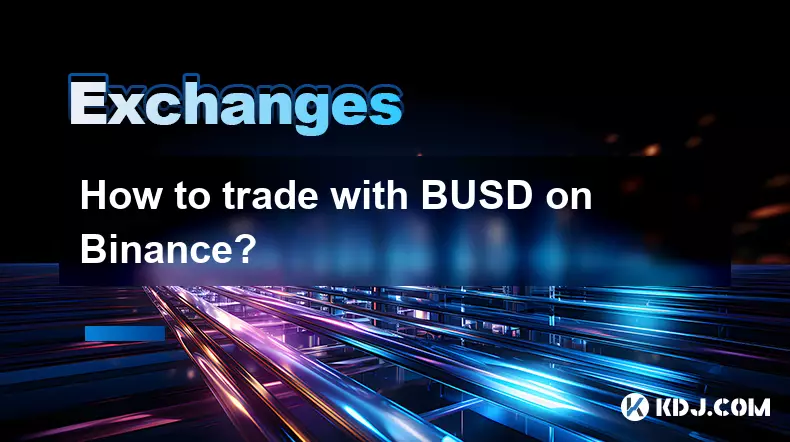
How to trade with BUSD on Binance?
Aug 30,2025 at 07:42am
Understanding BUSD and Its Role in Binance Trading1. BUSD, or Binance USD, is a stablecoin pegged to the value of the U.S. dollar, meaning 1 BUSD is a...

How to create a sub-account on Binance?
Sep 01,2025 at 12:36am
Accessing the Binance Sub-Account Feature1. Log in to your Binance account using your registered email and password. Ensure that two-factor authentica...

How to use the Binance portfolio tracker?
Sep 01,2025 at 01:00pm
Understanding the Binance Portfolio Tracker1. The Binance portfolio tracker is a powerful tool designed to help users monitor their cryptocurrency inv...

How to trade a new coin listing on Binance?
Aug 29,2025 at 11:14am
Understanding the Pre-Listing Phase1. Research the project thoroughly before any listing announcement. Whitepapers, team backgrounds, and community se...

How to use the Binance testnet?
Aug 31,2025 at 02:19am
Understanding the Binance Testnet Environment1. The Binance testnet is a simulated version of the Binance Smart Chain (BSC) that allows developers and...

How to trade with USDT on Binance?
Aug 30,2025 at 02:19am
Getting Started with USDT Trading on Binance1. Create and verify your Binance account. Visit the official Binance website and complete the registratio...

How to trade with BUSD on Binance?
Aug 30,2025 at 07:42am
Understanding BUSD and Its Role in Binance Trading1. BUSD, or Binance USD, is a stablecoin pegged to the value of the U.S. dollar, meaning 1 BUSD is a...
See all articles























